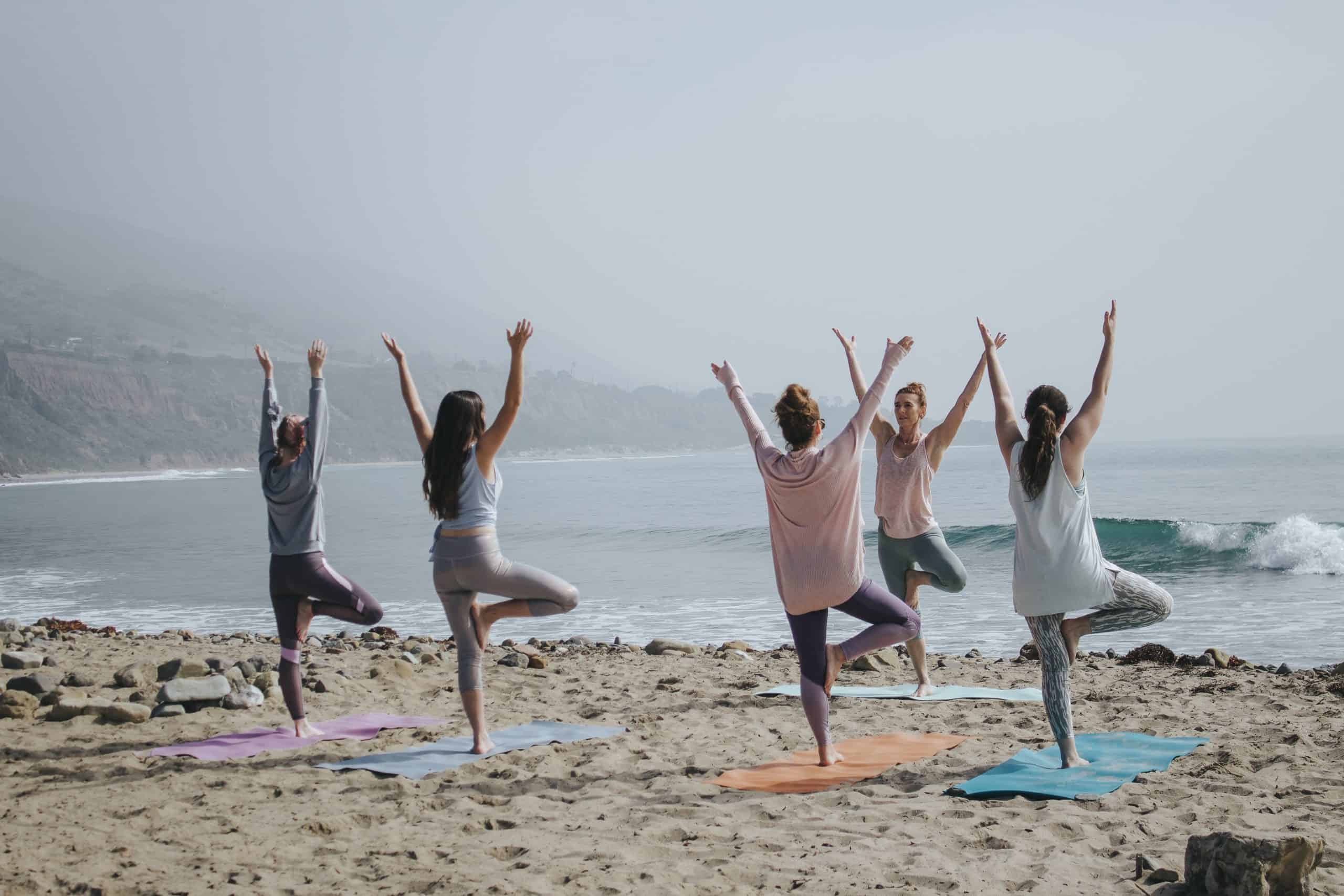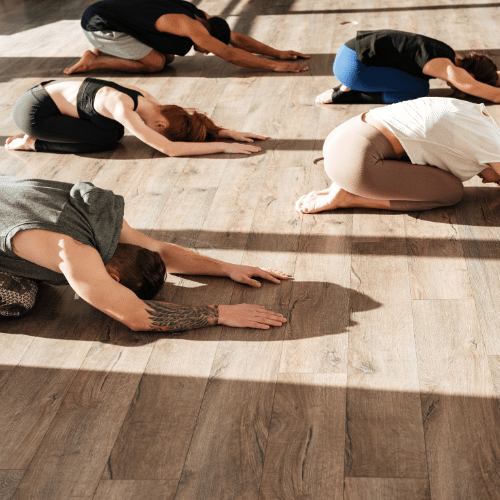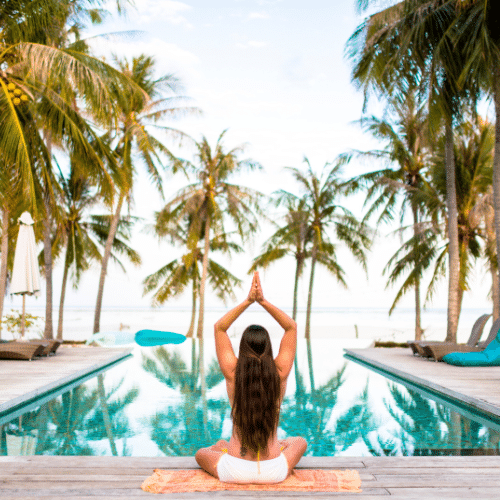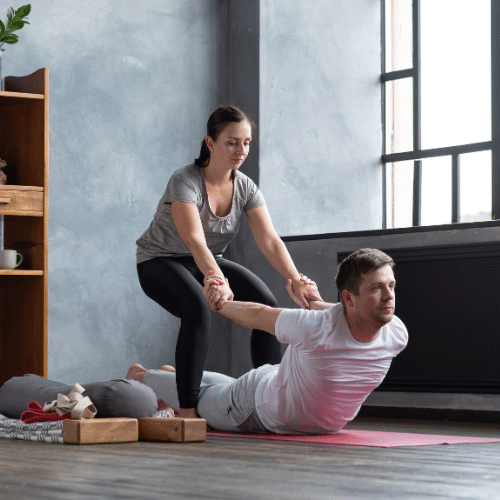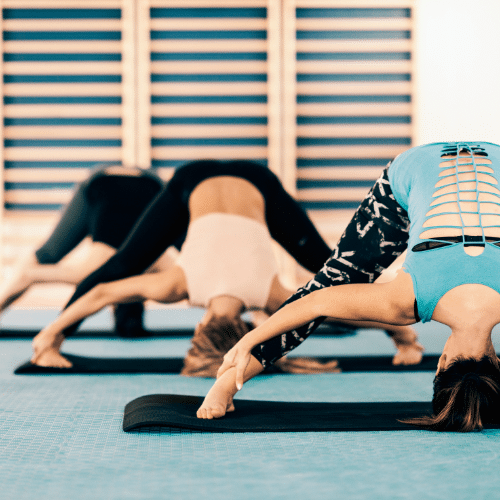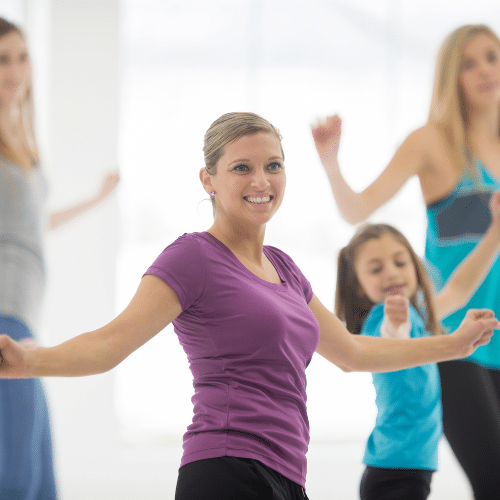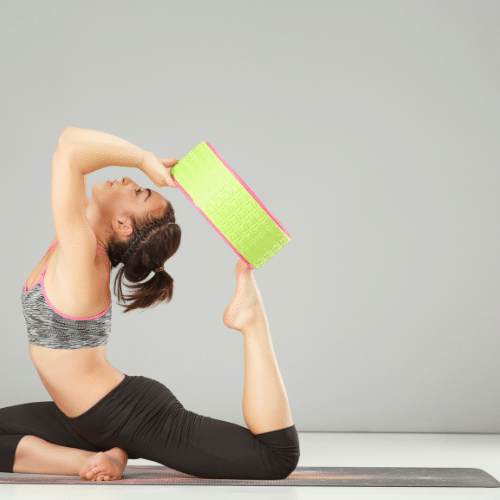Who hasn’t heard of yoga in this day and age? With the popularity of yoga rising over the past years came a wide variety of styles or forms of yoga — ranging from modern to traditional ones. Among these, two styles that have become popular and effective ways to keep fit today are Ashtanga Vinyasa yoga and traditional vinyasa yoga.
These two yoga practices share many similarities, which often confuses those who are interested in trying yoga. However, both forms of yoga are ideal to start with if you are new to yoga.
The Shared History of Ashtanga and Vinyasa Yoga
Yoga has long been a part of Indian culture, dating back to around 2700 B.C. The practice involves going through a series of postures or asanas to help clear the mind, meditate, and improve physical health.
Yoga has since become increasingly popular, especially in recent years. In the U.S. alone, experts estimate there are around 55 million yogis or yoga practitioners in 2020. The practice offers multiple benefits, ranging from better meditation, spiritual well-being, and mental health benefits to improving balance, flexibility, and heart health.
Like other types of yoga, Ashtanga Vinyasa and Vinyasa Flow yoga also offer these benefits. Although the two have their differences in style and sequences, they also share many similarities, the least of which is the “vinyasa” in their names. In Sanskrit, vinyasa simply refers to the movement of breath between asanas or poses in yoga.
The Ashtanga Vinyasa style of yoga was first developed by yogi Sri Krishnamacharya. He taught it to his student, Patthabi Jois. Jois later went on to popularize Ashtanga Vinyasa in the West. The Vinyasa flow style of yoga was later developed from Ashtanga Vinyasa.
Both styles use the same asanas or poses — including well-known ones like a downward-facing dog, cobra pose, and chaturanga dandasana. The difference lies mainly in how the breathing and movements between each asana are done.
What is Ashtanga Vinyasa Yoga?
Ashtanga Vinyasa is a more traditional style of yoga. It is primarily based on ancient yoga teachings from an ancient manuscript called Yoga Korunta.
It is a highly active and dynamic form of practicing yoga. Although Ashtanga uses the same asanas as Vinyasa flow yoga, the sequence of the poses differs. The defining characteristic of Ashtanga yoga is the order of the movements. You always go through the same order or sequence of asanas each time.
Ashtanga Vinyasa yoga has six “series” — Primary, Intermediate, and four Advanced series. Each series has a fixed set of asanas, with the general difficulty of the movements going up as the series progresses.
Until you master each series, you continue to do the same postures repeatedly and in the same order in class.
What to Expect in Ashtanga Vinyasa Yoga
Beginners interested in joining an Ashtanga Vinyasa yoga class should expect a rigorous and physically demanding practice. Since you need to do the exact order of poses for each series, expect your Ashtanga Vinyasa yoga class to be highly structured.
Most Ashtanga yoga classes do not have any calming or invigorating music playing in the background. The lack of music helps in listening to the yoga instructor better. Moreover, the lack of distraction and the rigidly structured flow of Ashtanga asanas means you can focus more on your physical movements, your breathing, and your thoughts.
The Ashtanga Yoga Primary Series
All of the Ashtanga Vinyasa Yoga series begins the same way: with five sun salutations or Surya Namaskara in both A and B variations. However, the series starts to differ in the middle section of asanas.
Each series has a different group of poses, as well as a different overarching focus for each series. The Ashtanga Primary series is also referred to as Yoga Chikitsa, which means “yoga therapy.” It focuses on cleansing and toning both the mind and body.
The primary series’ set of asanas help you build strength, loosen tight muscles, become more flexible, and detoxify the body, particularly the nervous system.
What is Vinyasa Yoga?
Vinyasa yoga, or Vinyasa Flow yoga, came from Ashtanga Vinyasa yoga. If you have previously attended an Ashtanga Vinyasa yoga class and were able to perform the poses well, then you’ll have no large issues with following a Vinyasa yoga class.
Although Vinyasa yoga uses the same poses in its sequences, it is much less structured than Ashtanga yoga. Instead of following a specified sequence of asanas and having a preset series of difficulties, Vinyasa yoga sequences flow more seamlessly.
This is partly why the style is commonly called Vinyasa Flow yoga. Each pose or asana in a Vinyasa yoga sequence is connected to the next one using your breathing. There is a fluid or more flowing motion, all of which are coordinated with deep, focused breathing.
What to Expect from Traditional Vinyasa Yoga
Expect a lot of variety when attending a traditional Vinyasa yoga class. Since this style of yoga does not have a specified sequence of asanas or even a specified number of breaths to hold the poses, instructors have more creative freedom in the sequences they lead.
This results in no two classes ever having the same flow. This makes Vinyasa yoga more suited for people who prefer a free-flowing or spontaneous style.
Although Vinyasa yoga is not as physically demanding or rigorous as Ashtanga yoga, you should still expect to get your heart pumping and raise your rate. Additionally, expect to sweat a fair amount from the movement-intensive practice. Vinyasa yoga also generates a lot of body heat.
Vinyasa yoga classes are also often taught with soothing background music.
Which Type of Yoga is Right for You?
Each style or form of yoga has its advantages and disadvantages. In many cases, these all depend on the person learning yoga.
If you prefer a more structured class and find comfort in repetition, then try Ashtanga Vinyasa. This type of yoga is also recommended if you want a more intense workout or want to focus on meditation.
If you prefer creativity, spontaneity, and less structured teachings, yet much of the same benefits as Ashtanga yoga, then go ahead and try Vinyasa flow yoga. Choose this yoga class if you’re looking for a less intense yoga workout and want to focus more on strength building and flexibility, too.
Ashtanga Vinyasa yoga and Vinyasa flow yoga also have different time commitments. If you only have time for short classes, enroll in a Vinyasa class. If you prefer longer classes, then go for Ashtanga yoga, which can take 90 minutes or even two hours.
Finding the Flow that Fits You
Finding your way to a yoga class you will enjoy and benefit from requires two things. First, you need to be familiar with the different types of yoga classes you are choosing from — in this case, Ashtanga Vinyasa and Vinyasa Flow yoga.
The second is knowing yourself. Each person has different goals, preferences, strengths, and limitations. All these play a huge part in your enjoyment of the yoga class you choose to attend.
Take your time when you try different types of yoga. A week’s worth of classes will give you a better feel of the class, instructor, and overall flow of that form of yoga than just one class.


